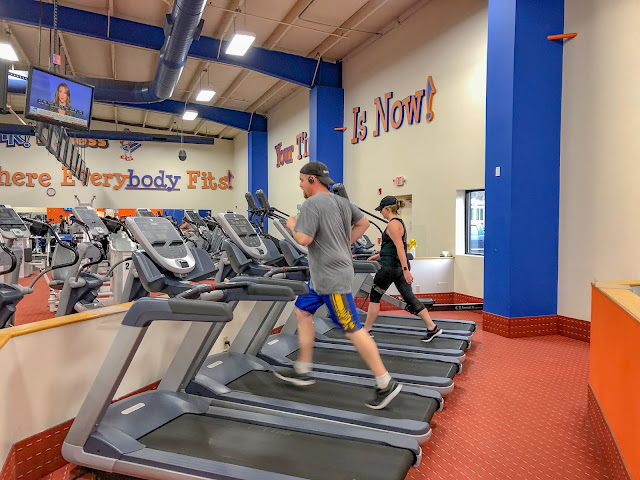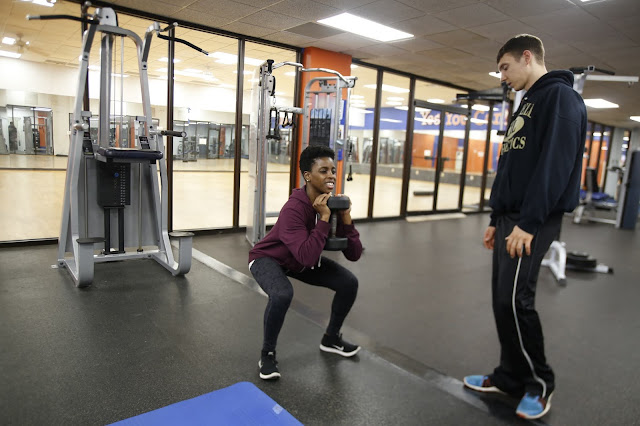Precision Running: Take the Dread out of Treadmill Workouts
Even in the motivational atmosphere of a lively fitness center, it’s easy to get stuck in a rut with your workout routine – especially when it comes to the treadmill. If you’re just getting started, running for a certain amount of time can be enough of a challenge, but as your cardiovascular fitness improves and running gets easier, your workouts should get harder. This is where many of us fail, and as a result, we don’t see the changes we want in our speed, endurance and body composition.
So how do you change things up on the treadmill without overdoing it? One method you might want to utilize is precision running.
What Is It?
Designed by athlete and trainer David Siik, precision running relies on the BITE method: Balanced Intensity Training Experience. Although it’s similar to HIIT in its use of intervals, there are a few important differences. BITE balances aerobic and anaerobic training (endurance versus sprinting), and its intervals are designed in a ladder or pyramid sequence with periodic changes to both incline and speed.
Basically, during the first segment of a typical 20 to 35-minute workout, you choose slightly challenging speed (about 2.0 miles per hour below your goal) and a high incline. Every 60 seconds, the speed increases while the incline decreases until you reach the fastest speed you can maintain for 30 seconds. In the second half, the goal is to maintain that maximum speed as the intervals lengthen out again and your incline continues to decrease or remain low. Siik’s method is designed to help runners get faster and stronger with the perk of a HIIT-like calorie burn that doesn’t require all-out sprinting.
How Precision Running Prevents Injuries
Precision running is also a safer way to train hard. It gets results with less impact while allowing your body to warm up gradually rather than jumping right into intense intervals. Even though the recommended starting incline is 8 percent, Siik’s method caps the incline at 5 percent when you’re running at max speed to decrease the strain on your muscles and joints.
Recommended Workouts
You don’t have to attend a precision running class to get the benefits of this training method -- the concept is easy to incorporate into your cardio sessions at the fitness gym. Just search for David Siik on Pinterest boards, and you’ll find many variations based on different fitness levels and goals.
A good place to start is a basic 35-minute workout, outlined below.
- Speed: If you’re a beginner, start between 4.0 and 5.0 miles per hour. Intermediate should shoot for 5 to 6, and advanced runners between 6 and 8. Aim to add .2 miles per hour to your pace every interval.
- Incline: Start off with an 8 percent incline and decrease it by one percent every two minutes (one run/rest interval) until you’re level again.
- Intervals: Decrease the length of running intervals from 90 seconds to 30 seconds gradually, as your speed picks up.
Here are a few variations:
- Starting at a lower incline and increasing by one percent every interval
- Decreasing rest periods during the second half
- Yo-yoing between a high incline and no incline
- Keeping incline steady during the second half
- Starting at 80 second intervals and working down to 30 seconds, then back up again
- Workouts as short as 20 minutes
Don’t Dread the Tread
Don’t get stuck in a rut with your treadmill runs at the fitness gym. Use precision running to fine-tune your focus and achieve your speed, stamina and weight loss goals faster than ever.



Comments
Post a Comment